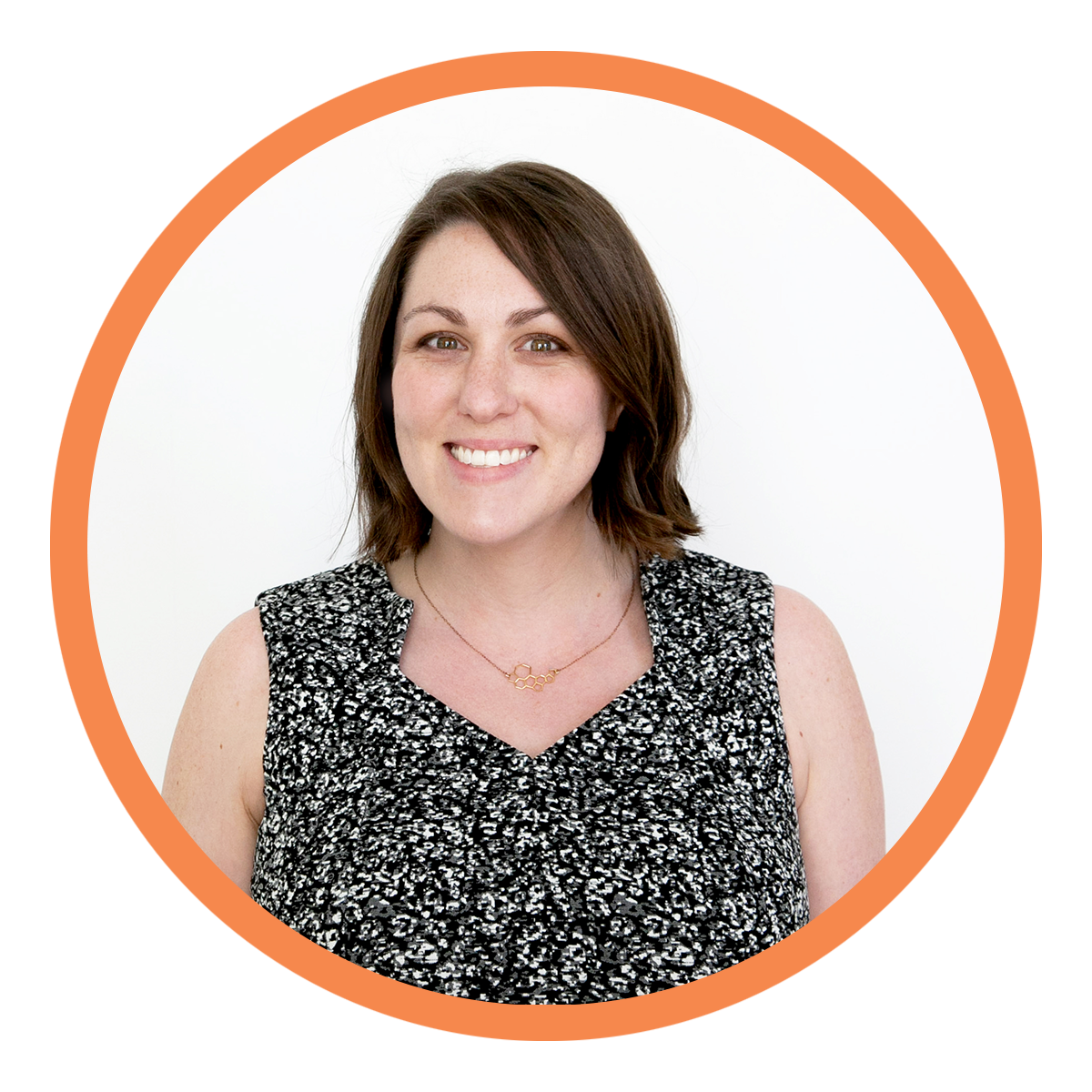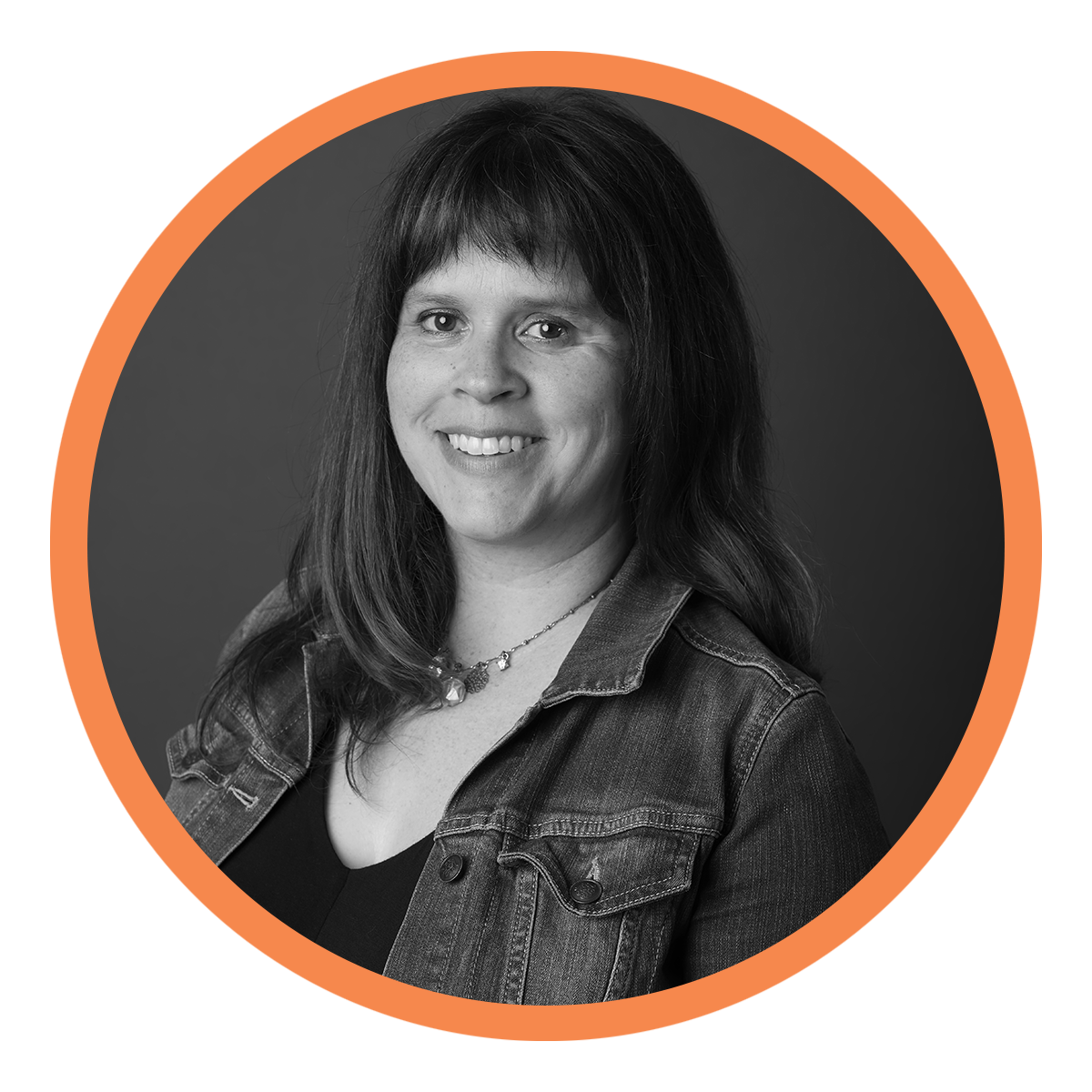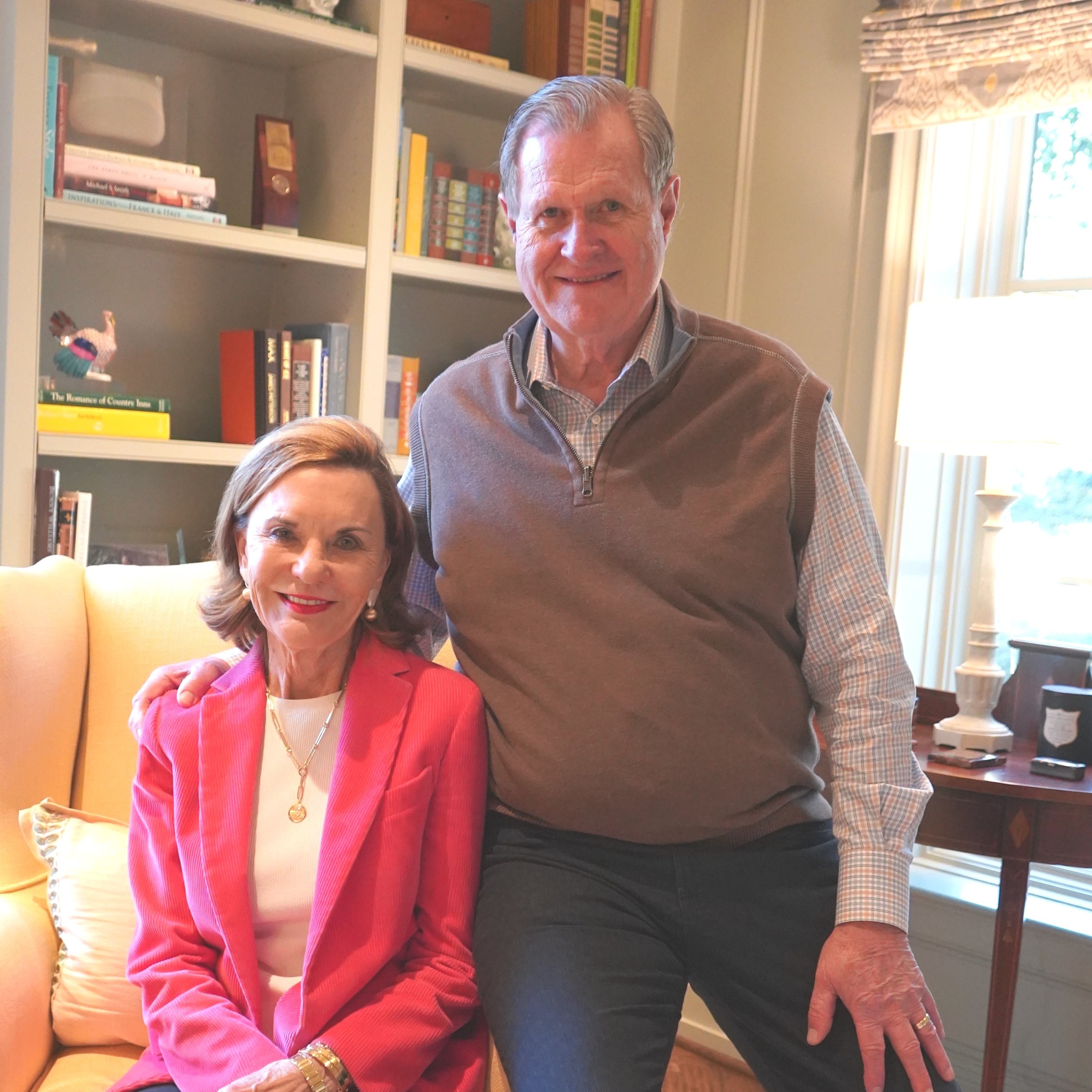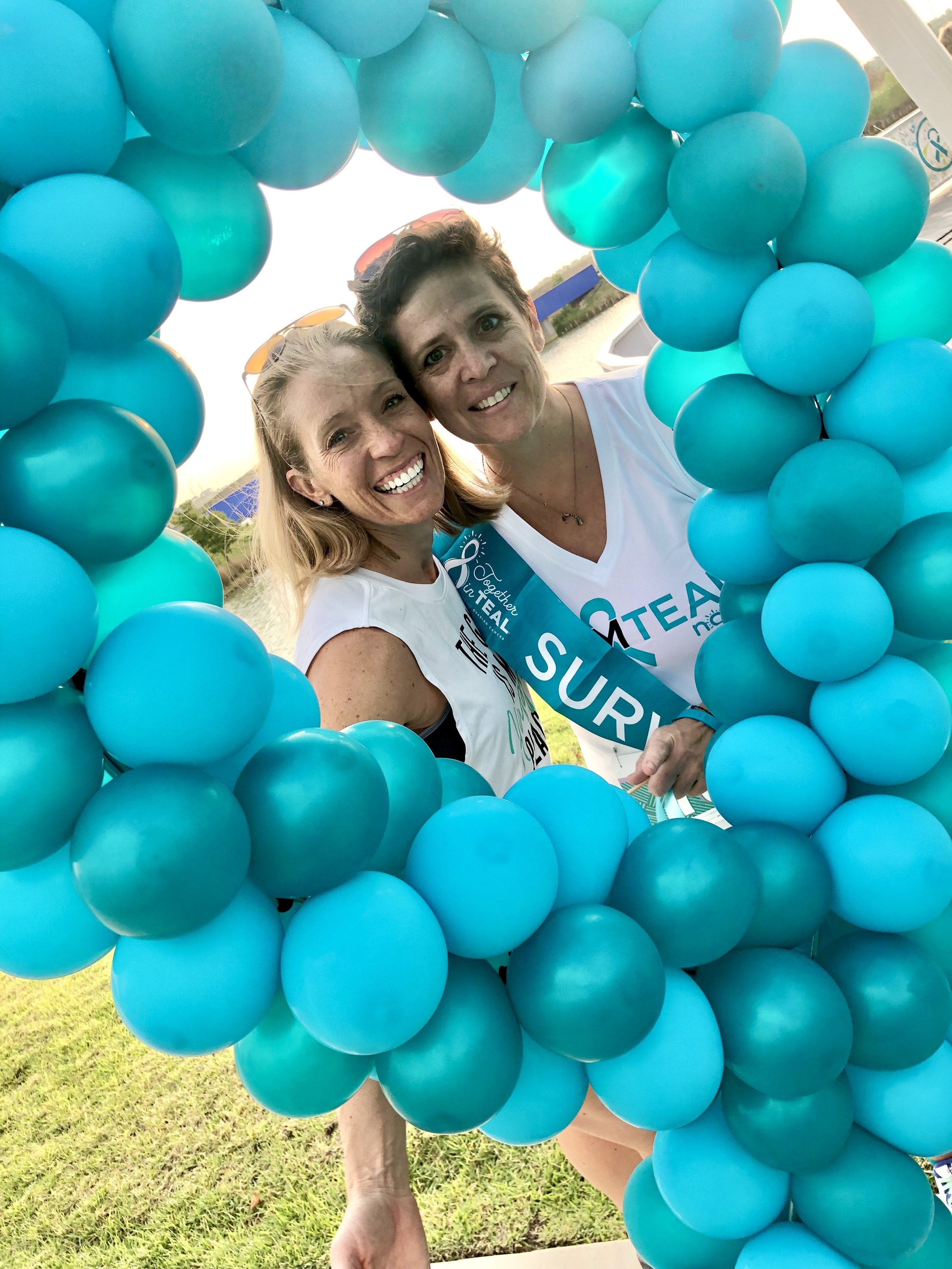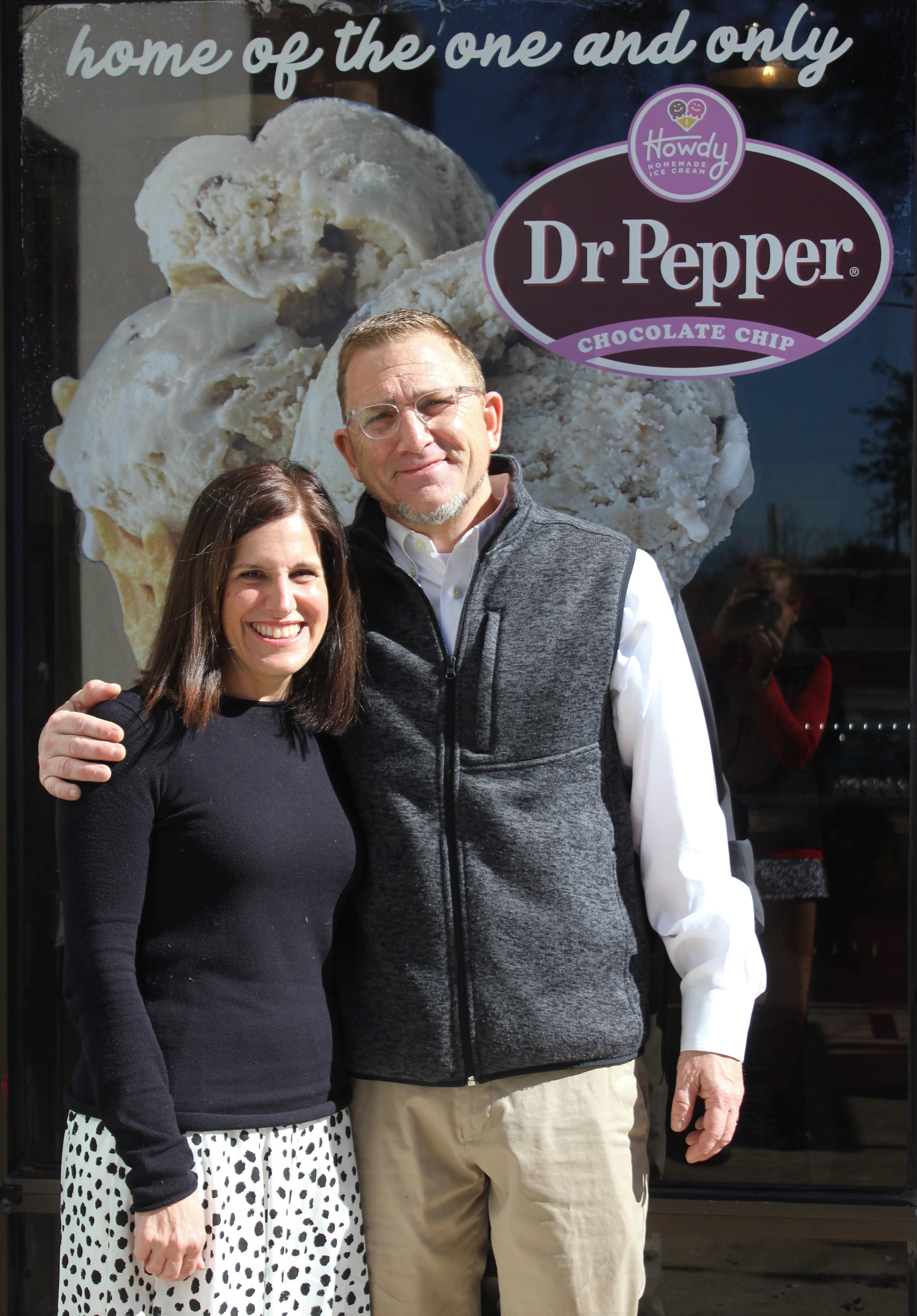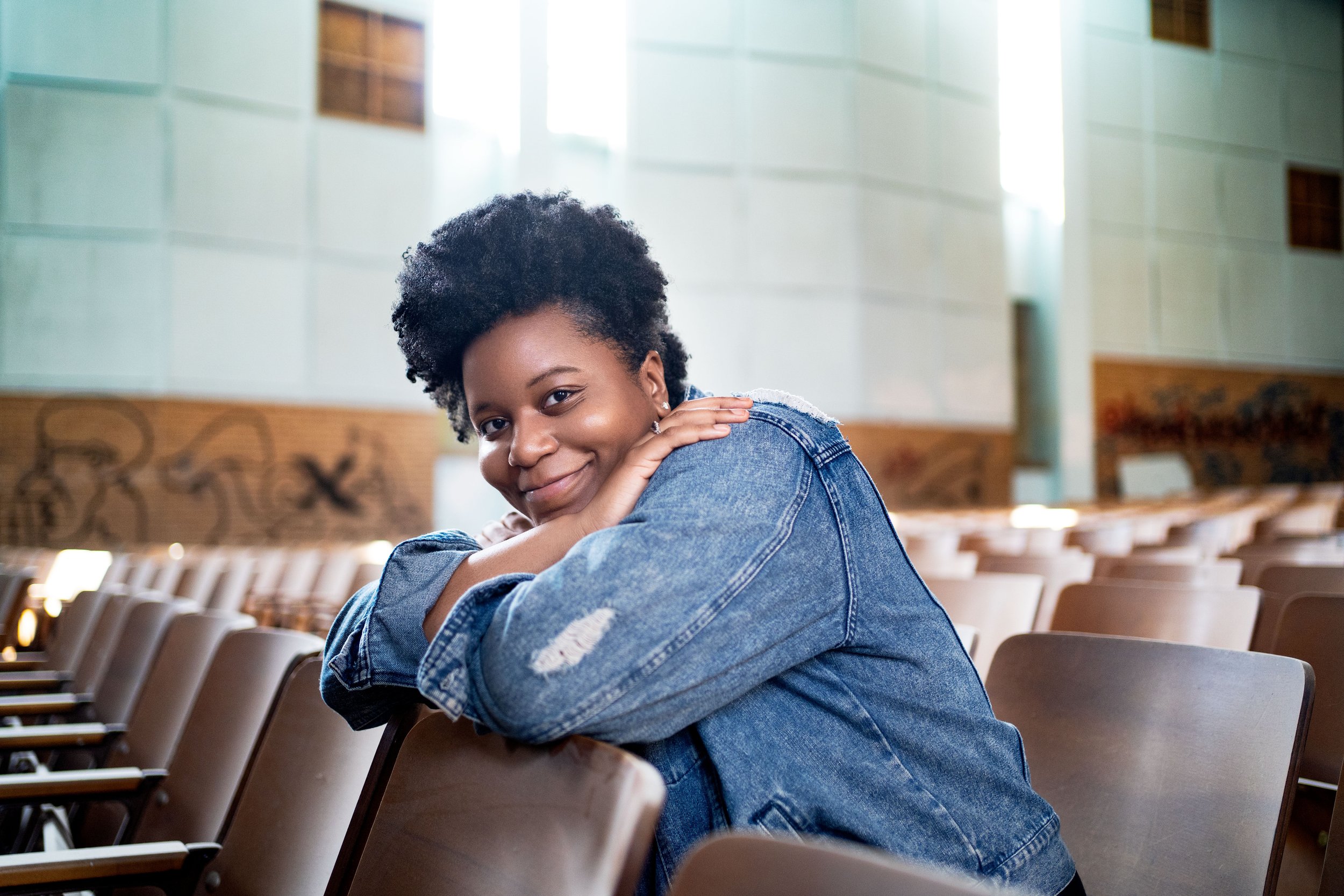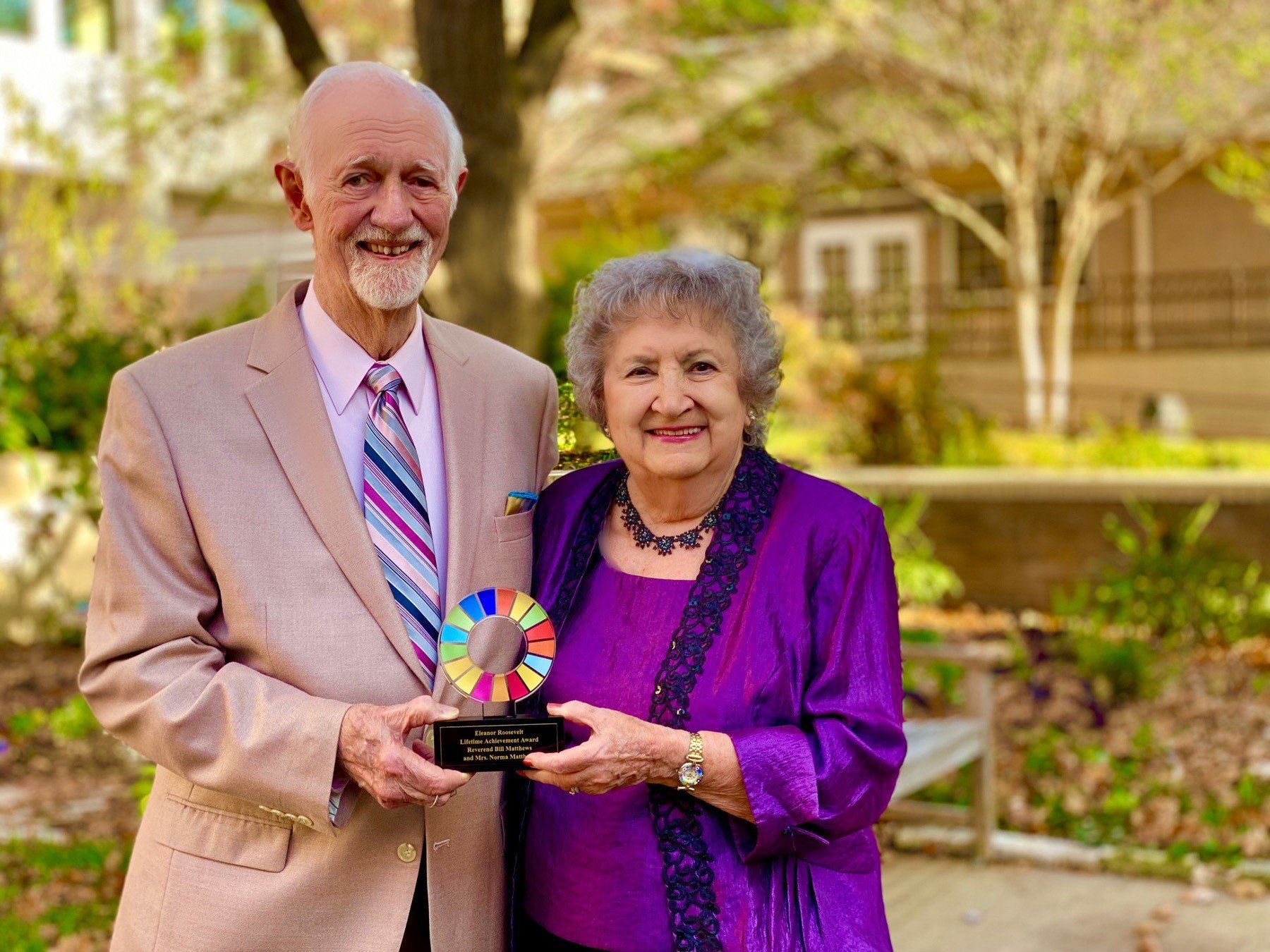Interview by Mary Martin. Photos by Meredith Embry.
For Tammy Richards, the potential of human energy and ideas to create change is endless. Her insight for improving education was key in her 11-year service on the Plano ISD Board of Trustees, and her belief in the power of giving has anchored her work as CEO of VolunteerNow. Our interview taps into Tammy’s thoughts on the intersection of technology and education, along with the future of volunteerism.
Your Texas roots go deep, starting your career at Texas Instruments. How has your background in education and marketing shaped the way you view emerging technologies around STEM and virtual learning?
Since the start of my career, I have been passionate about both early childhood education and STEM education.
I recently retired from the Plano ISD Board of Trustees after eleven years of service, four of those as board president, which gave me a unique perspective of the needs of our state’s school districts.
During my service on the board, I helped expand computer science education to cover grades eight through twelve and establish robotics programming at Plano ISD’s most economically diverse elementary campuses.
For the last year and a half, virtual learning has been a “trial by fire” for school districts and teachers. Plano ISD teachers learned to use more than a dozen new technologies in only weeks so that their students could have effective virtual learning experiences. As we transition back to a more traditional classroom setting, teachers will continue to enrich their instruction with those new technologies.
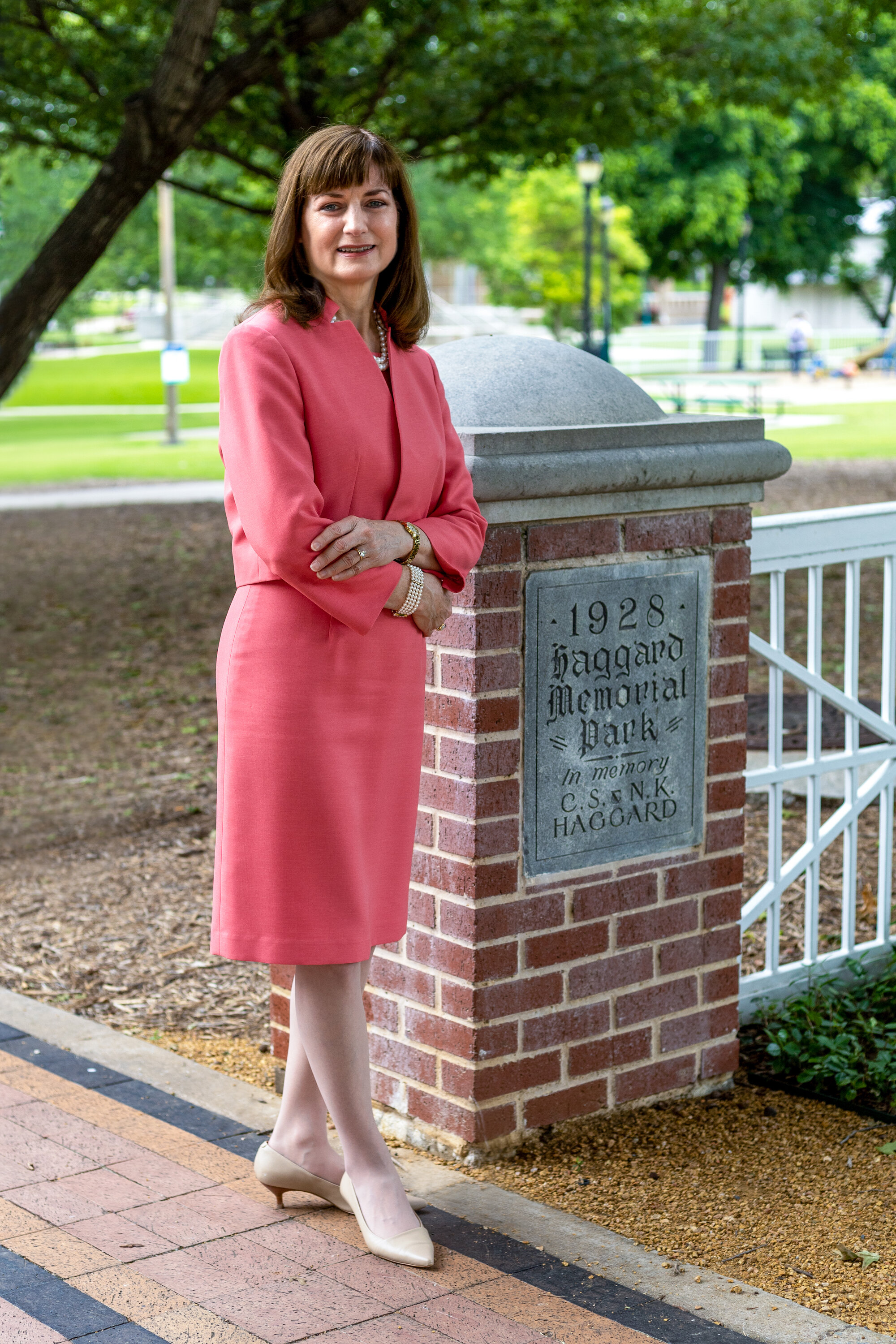
Scaling the work at VolunteerNow to reach a national audience as VOLY.org was focused on helping schools and larger organizations manage their volunteer systems. What have you learned about the reason why people volunteer their time and effort to a local cause?
Fortunately for us all, people are passionate about making a positive impact in their community.
Using VOLY.org, VolunteerNow’s proprietary technology, volunteers can sign up to serve in areas including mental health, education, health, hunger, social services, homelessness, animal welfare, the arts and the environment. When people realize the issues in their communities that they can address through volunteerism, they want to get involved.
People volunteer where they have a connection or a passion. More than half of all volunteers begin to help an organization simply because someone asks them to. And volunteers help causes they are passionate about. A great benefit of VOLY.org is that you can find so many different cause areas and so many different nonprofits. It doesn’t take much searching to find one that really touches your heart.
Looking back over the last decade of service on the Plano ISD school board, can you share about some of the positive changes that have taken place? Specifically, how do you think this past year of educational challenge has strengthened the public school system and prepared students for a new kind of collaborative education?
My leadership position at Plano ISD was an experience that proved to be both exceedingly rewarding and challenging. During my last eleven years of service, we experienced many triumphs on behalf of the district and its students.
One of the achievements of which I am most proud was establishing full-day pre-K for income-eligible children two years before the state of Texas provided funding. Years ago, I served on the board of Head Start of Greater Dallas, and I learned about the value of excellent early childhood education. It is truly life-changing for these kids and their families.
Head Start also provides essential wraparound services for students and families, like health screenings and referrals to dental care. I was a driving force in Plano ISD to expand our wraparound services, particularly on the west side of the district, which has very few social service organizations and a tremendous number of kids who are economically disadvantaged. Later this year, Plano ISD will be breaking ground on a new family support center on the west side of the district. I can’t wait for that important day!
I am also proud of my work in looking at district resource allocation through the lens of equity. Different kids have different needs, and if you are creative, helping one child with their unique circumstances doesn’t diminish opportunities for other students.
Of course, the pandemic presented major challenges to the educational system. Our schools weren’t prepared to shift to virtual learning, but the educators managed to pivot to meet this challenge. During this tumultuous time, we saw some students really excel with self-paced virtual learning and others struggled. Some teachers became virtual “rock stars” with innovative video lessons, while others shone in the classroom, acting as both teachers and pandemic protocol experts.
Education will certainly embrace the changes that worked. Kids and teachers have expertise in software and technology that they never dreamed possible. Computers that were locked up on “mobile carts” in school buildings have been distributed to kids so that technology-enabled “one device per student” is a reality for almost every district in the state. Finally, internet inequity is now a frequent topic of conversation, and leading businesses and school administrators will continue to advocate for free, robust access to the internet for all students so no student is disadvantaged in their learning because they don’t have high speed internet access.
How have volunteers played a role in filling both the education gaps, and also social/economic needs facing students in Texas?
The COVID-19 pandemic has drastically affected the lives of our K-12 students. Student academic performance in reading and math suffered this year, particularly for economically disadvantaged students. The federal ESSER funding will be a significant help in closing these gaps. School districts plan to leverage these funds to provide extensive tutoring and mentoring to students, and volunteers are sorely needed for this critical work.
Our technology, VOLY.org, is used by community organizations and school districts to recruit and match volunteers with school specific needs. The vast majority of school districts leveraging the VOLY.org platform serve low-income students. By engaging and screening volunteers through VOLY.org, school districts can start closing the achievement gap, minimize learning loss and provide essential wraparound services. For example, a local Dallas school district leveraging VOLY.org increased its volunteer ranks from 8,000 to 40,000 volunteers in two years; this district has now leveraged more than $40 million in volunteer labor over the last five years.
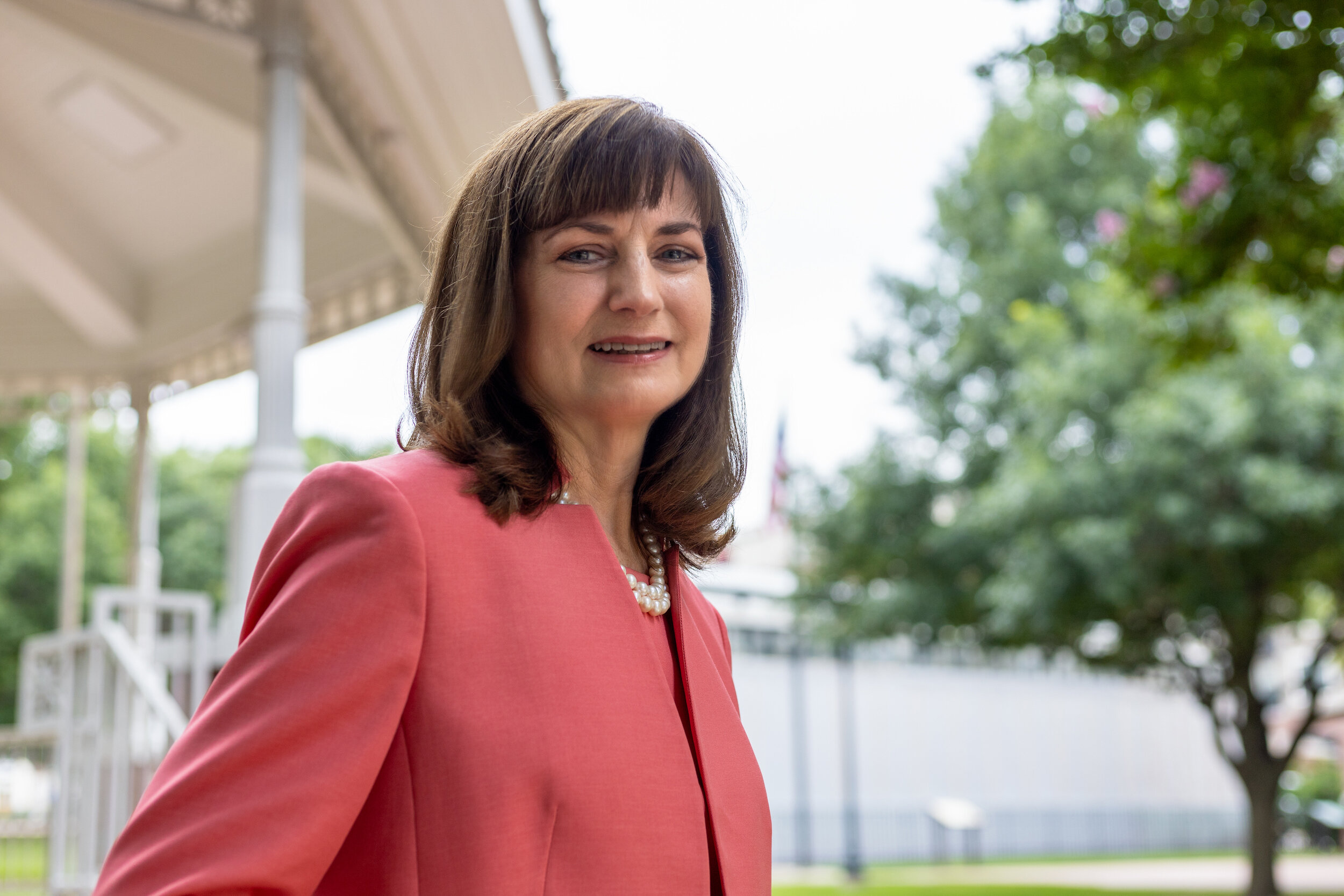
As volunteers are matched with causes, is your team at VolunteerNow seeing long-term connection and a growing passion to help? How has that shifted over the past 50 years of work in the volunteer space?
This year, VolunteerNow is celebrating 50 years of connecting volunteers with opportunities to serve their communities. Our method for recruiting volunteers 50 years ago was placing ads in local newspapers. We had large three-ring binders filled with volunteer needs, and a team of employees to answer the phone as people called in wanting to help. With the technology of our VOLY.org platform, we are providing more opportunities to connect people with their communities by showing them what they can do to help. We have over 100,000 community volunteers in North Texas, and another 200,000 school district volunteers serving districts across Texas and a growing number of districts in other states. We work with over 3,500 nonprofits, school districts, and municipalities.
A recent study by the Points of Light Foundation in Atlanta found that more than half of Gen Z and nearly half of Millennials said that they plan to increase their level of community engagement post-pandemic. Seventy-three percent of survey respondents said that volunteering will be “more important than ever,” so the future of volunteerism and community service is bright.
>
“Seventy-three percent of survey respondents said that volunteering will be “more important than ever,” so the future of volunteerism and community service is bright.”
In your give-back forecast, what do the next ten years look like with the ability for volunteers to connect virtually with an organization that needs specific help by someone with a specific skill set?
With our ever-changing technology, the possibilities seem endless. VOLY.org has allowed us to connect volunteers with opportunities to serve in their local community. A volunteer can pick the cause they care about, the nonprofit they want to serve, the skill they want to use, the time they want to volunteer, or the location that is convenient to them. To make it even easier to find opportunities and volunteer, our VOLY.org mobile app goes live this summer.
We have also used the platform to address urgent and disaster needs that impact our community. For example, the platform was used to recruit almost 2,000 volunteers to fill 6,000 volunteer slots at the Fair Park Mega Center COVID-19 Vaccination Site in only six days. By the end of the vaccination program, more than 10,000 people were recruited through VOLY.org to support the COVID-19 Vaccination Site.
During Hurricane Harvey a few years ago, more than 3,000 volunteers were recruited to serve Gulf Coast residents at the Kay Bailey Hutchinson Convention Center Overnight Shelter – all thanks to VOLY.org.
As we continue utilizing this technology for good, I predict seeing additional growth in the number of our volunteers. We mobilize over 300,000 volunteers now, and we plan to mobilize one million volunteers in the next four to five years.
What is inspiring you right now as it relates to students, both K-12 and university, who are innovating new ways to help their communities?
I am incredibly inspired by our students, who are our future leaders. They are resilient and compassionate. I just participated in my last Plano ISD graduation, after doing more than 25 graduations over my years of board service. It was a poignant experience listening to student speeches about how they made “lemonade out of lemons.” Students shared how they used the pandemic time to grow closer to friends and family, to explore new interests in art, and to reach out and help others in this crazy time. I think the 2021 graduates, and their younger siblings, will emerge from this crisis more compassionate, more in tune to the needs of others, and more involved in their communities as volunteers.
More Good Stories
Featured
When Kathy and Larry Helm heard about The Senior Source’s 60th Birthday Diamond Dance-Off, they knew they had to put on their dancing shoes! For the Helms, this event combined two of their passions into one. Celebrating and supporting The Senior Source, a Dallas-area nonprofit that has been serving older adults for 60 years, and dancing together, which they have been doing since they were high school sweethearts. Both Kathy and Larry have chaired the board of directors of The Senior Source and have been proud supporters since 1998. It seemed only fitting they should be voted into the finals to dance on stage at Klyde Warren Park this past summer.
In 2020, more than 912,000 women were diagnosed with some form of cancer in the United States alone. During that same pandemic year, countless medical appointments were canceled while people were social distancing, and yet still each day nearly 2,500 women heard the news, “you have cancer.” There is no doubt that these words can be crushing to hear, but what’s equally crushing is the lack of tangible, encouraging support that exists to help women feel beautiful, strong or “normal” before, during and after cancer treatment.
When Tom Landis opened the doors to Howdy Homemade in 2015, he didn’t have a business plan. He had a people plan. And by creating a space where teens and adults with disabilities can find meaningful employment, he is impacting lives throughout our community and challenging business leaders to become more inclusive in their hiring practices.
Have you ever met someone with great energy and just inspired you to be a better you? Nitashia Johnson is a creator who believes by showing the love and beauty in the world it will be contagious and make an impact. She is an encourager and knows what “never give up” means. Nitashia is a multimedia artist who works in photography, video, visual arts and graphic design. Her spirit for art and teaching is abundant and the city of Dallas is fortunate to have her in the community.
The United Nations Association Dallas Chapter (DUNA) honored Rev. Bill and Norma Matthews for their ongoing commitment, helping advance the United Nations Sustainable Development Goals agenda by promoting peace and well-being.
